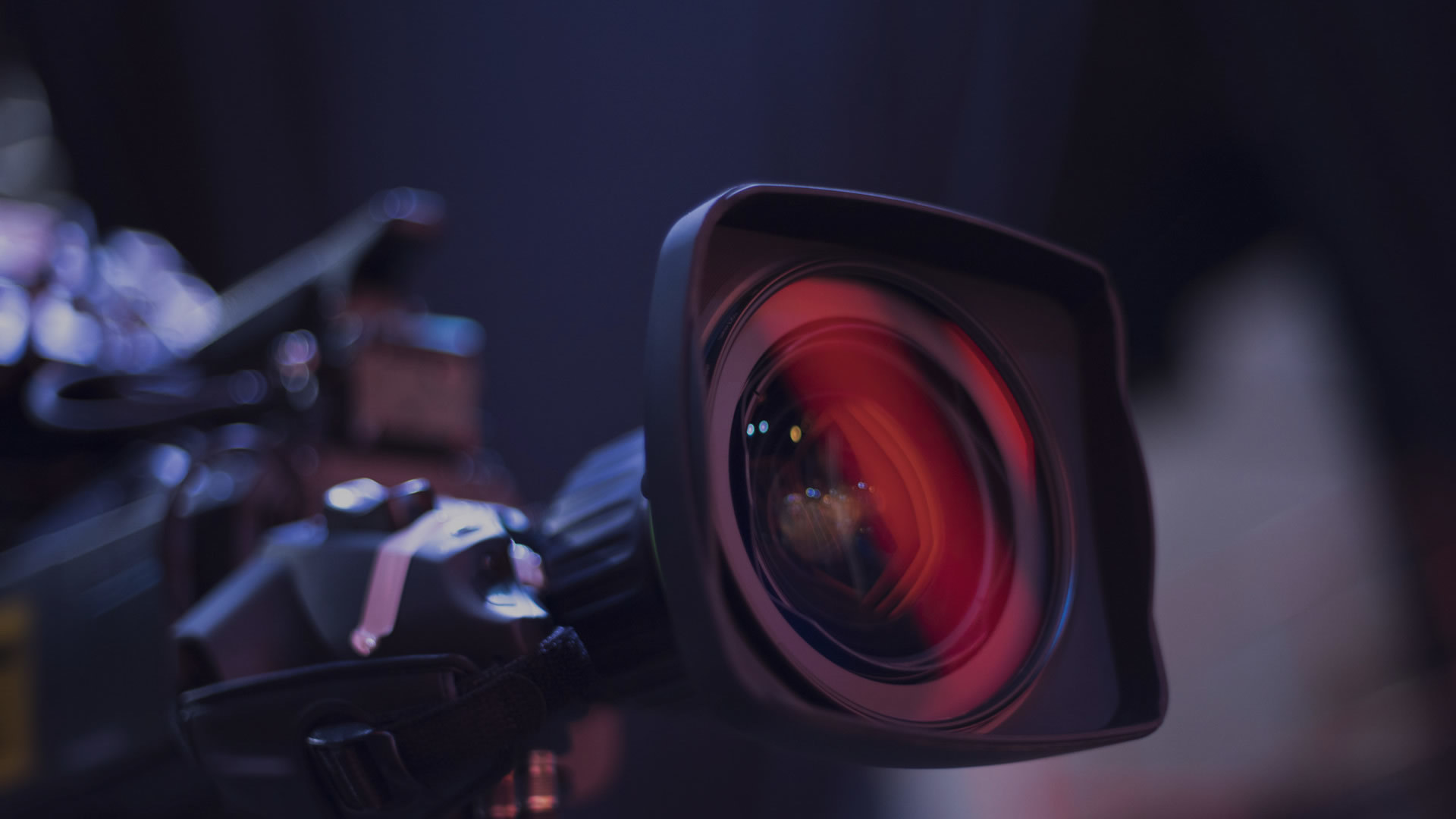The European Union has officially issued a revised RoHS directive, which requires the detection of ten hazardous substances in the future.
Time:
2024-08-13 11:40
On June 4, 2015, the Official Journal of the European Union (OJ) issued RoHS 2.0 Amendment Directive (EU) 2015/863, formally listing DEHP, BBP, DBP and DIBP in the list of restricted substances in Annex II. There are ten mandatory controlled substances in Annex II, as shown in the following table:
After the revised directive is issued, EU member states are required to convert it into national regulations and implement it before December 31, 2016. From July 22, 2019, all electronic and electrical products (except medical and monitoring equipment) must meet the restrictions; From July 22, 2021, medical equipment (including external medical equipment) and monitoring equipment (including industrial monitoring equipment) will also be included in the control scope.
In addition, toy products that have been controlled by Article 51 of Annex XVII of REACH will not be controlled by DEHP, BBP and DBP.
Phthalates are widely used as plasticizers in electronics and electrical appliances, reminding relevant manufacturers to attach great importance to and take timely measures to reduce trade risks.
10 FAQs for RoHS Directives 10 Answers:
Q1: Which products are targeted by RoHS directives?
A1: RoHS directive is aimed at electronic and electrical equipment to reduce the risk of hazardous substances in electronic and electrical equipment to human health and environmental safety during waste disposal. Since the Directive requires that hazardous substances in any homogeneous material of electrical and electronic equipment shall not exceed the specified limits, in fact, raw materials and components related to electrical and electronic equipment will be affected by the Directive. In addition, the EU has similar legislative control over other products that may cause similar problems, such as the vehicle scrapping directive, battery directive and packaging directive.
Q2: What is the purpose of rewriting the EU RoHS Directive?
A2: The main objectives of the EU's rewriting of the RoHS Directive include: better regulatory conditions, simplification, effectiveness and enforceability; Clearer laws, including simplifying their uniform implementation; Adapt to technological and scientific progress, especially in the use of hazardous substances in medical equipment, monitoring and control instruments; Adjust and coordinate the relationship between RoHS and other EU regulations (such as REACH, ErP and WEEE), and strengthen the coordination and implementation between different member states.
Question 3: European Union RoHS 2.0 stipulates that electronic and electrical equipment should bear the CE logo and incorporate RoHS requirements into the CE framework. What is the meaning of the CE logo?
A3: The CE logo indicates that the product meets the main technical requirements of the European Union and can be freely circulated in EU member countries. Therefore, the CE logo is regarded as a passport and a passport for products to enter the European market. Unless products with CE label are required, they are not allowed to be sold in the market; When products marked with CE enter the market, if they do not meet the relevant technical requirements, they will be required to exit the market; Products that continue to violate the CE label requirements of the Directive will be restricted/prohibited from entering the EU market or forced to withdraw from the market. Field.
Question 4: How do we view the relationship between REACH and RoHS 2?
Answer 4: First of all, it needs to be clear that electronic and electrical products entering the EU market must comply with RoHS Directive and REACH regulations. The RoHS Directive is an industry specific directive designed to restrict the use of certain hazardous substances in electronic and electrical equipment, while REACH regulations require the registration, evaluation, authorization and restriction of chemicals that affect almost all products (including electronic and electrical products). Secondly, the RoHS Directive does not affect the application of REACH regulations, and vice versa. If overlapping is required, strict requirements shall be applied. In addition, when regularly reviewing the RoHS Directive, the European Environment Commission will also analyze its consistency with REACH regulations to ensure the consistency between the RoHS Directive and REACH.
Q5: Does the communication network equipment fall within the RoHS 2 control scope?
A5: Yes. The management and control products listed in Appendix I of RoHS 2.0 are divided into 11 categories, of which the third category is "IT and telecommunications equipment", and the communication network equipment should belong to this category to meet RoHS requirements. It should also be noted that the exemption clause 7 (b) in Appendix III of RoHS 2.0 prohibits the use of lead from solders used in network infrastructure equipment for signal exchange, generation and transmission, and remote control

Add
Block B, Factory Building, Donghu Industrial Area, Haojiang District, Shantou City, Guangdong Province

Copyright ©2022 Guangdong Shantou Jindong Craft Factory Co.,Ltd.



